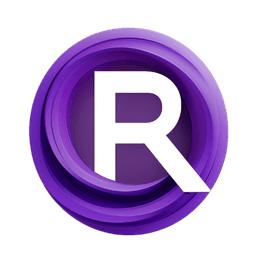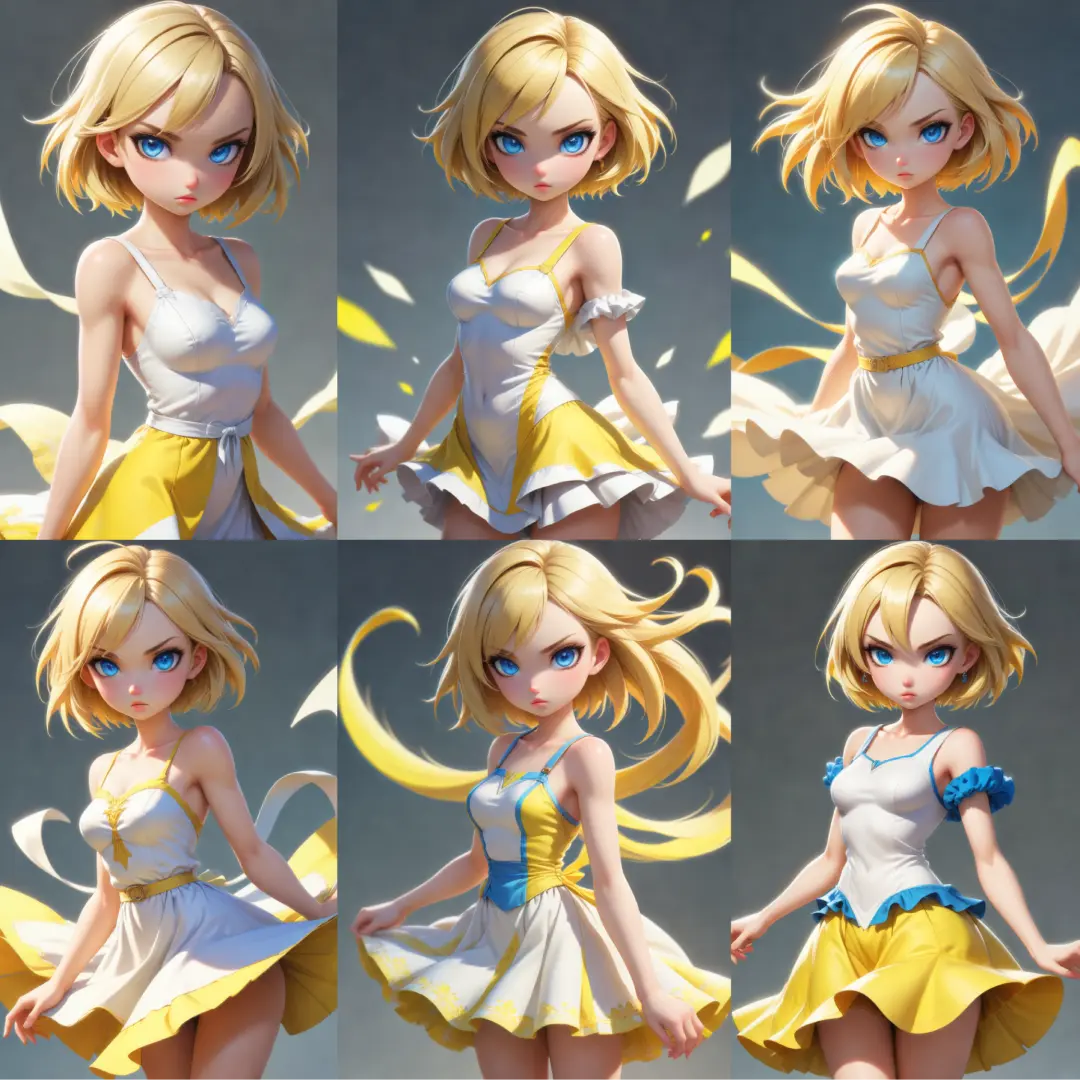ComfyUI Node: KSampler (Advanced)
KSamplerAdvanced
Categorysampling
ComfyAnonymous (Account age: 833days) Extension
ComfyUI Latest Updated
2025-04-05 Github Stars
73.39K
How to Install ComfyUI
Install this extension via the ComfyUI Manager by searching for ComfyUI- 1. Click the Manager button in the main menu
- 2. Select Custom Nodes Manager button
- 3. Enter ComfyUI in the search bar
Visit ComfyUI Online for ready-to-use ComfyUI environment
- Free trial available
- 16GB VRAM to 80GB VRAM GPU machines
- 400+ preloaded models/nodes
- Freedom to upload custom models/nodes
- 200+ ready-to-run workflows
- 100% private workspace with up to 200GB storage
- Dedicated Support
KSampler (Advanced) Description
Enhanced sampling control for AI art generation with advanced features and granular parameter adjustments.
KSampler (Advanced):
KSamplerAdvanced is a sophisticated node designed to enhance the sampling process in AI art generation. It builds upon the foundational capabilities of the standard KSampler, offering advanced features and greater flexibility for artists looking to fine-tune their creative outputs. This node allows you to control various aspects of the sampling process, such as the number of steps, the configuration scale, and the denoising strength, among others. By providing more granular control over these parameters, KSamplerAdvanced helps you achieve higher quality and more customized results, making it an invaluable tool for those seeking to push the boundaries of their AI-generated art.
KSampler (Advanced) Input Parameters:
model
This parameter specifies the model to be used for sampling. It is a required input and determines the underlying AI model that will generate the art. The model parameter ensures that the sampling process is aligned with the specific capabilities and characteristics of the chosen model.
seed
The seed parameter is an integer that initializes the random number generator, ensuring reproducibility of results. It has a default value of 0, with a minimum of 0 and a maximum of 0xffffffffffffffff. By setting the seed, you can generate the same output consistently, which is useful for iterative refinement and comparison.
steps
This integer parameter defines the number of sampling steps to be performed. It has a default value of 20, with a minimum of 1 and a maximum of 10000. Increasing the number of steps generally improves the quality of the generated image but also increases the computation time.
cfg
The cfg (configuration) parameter is a floating-point value that controls the guidance scale. It has a default value of 8.0, with a range from 0.0 to 100.0, adjustable in steps of 0.1. This parameter influences how strongly the model adheres to the conditioning inputs, with higher values leading to more pronounced effects.
sampler_name
This parameter specifies the name of the sampler to be used. It is selected from a predefined list of samplers available in the system. The choice of sampler can significantly affect the style and quality of the generated art.
scheduler
The scheduler parameter determines the scheduling strategy for the sampling process. It is chosen from a set of predefined schedulers, each offering different trade-offs between speed and quality.
positive
This parameter represents the positive conditioning input, which guides the model towards desired features in the generated art. It is a required input and plays a crucial role in shaping the final output.
negative
The negative parameter is the counterpart to the positive conditioning input, guiding the model away from undesired features. It helps in refining the output by suppressing unwanted elements.
latent_image
This parameter provides the latent image input, which serves as the starting point for the sampling process. It is a required input and significantly influences the initial state of the generated art.
denoise
The denoise parameter is a floating-point value that controls the strength of the denoising process. It has a default value of 1.0, with a range from 0.0 to 1.0, adjustable in steps of 0.01. Lower values result in less denoising, preserving more of the original noise, while higher values produce smoother results.
KSampler (Advanced) Output Parameters:
LATENT
The output of the KSamplerAdvanced node is a latent representation of the generated image. This latent output can be further processed or decoded into a final image. It encapsulates the refined features and characteristics as determined by the input parameters and the sampling process.
KSampler (Advanced) Usage Tips:
- Experiment with different seed values to explore a variety of outputs and find the most appealing results.
- Adjust the steps parameter to balance between quality and computation time; more steps generally yield better quality.
- Use the cfg parameter to fine-tune the adherence to conditioning inputs, with higher values for stronger effects.
- Select different samplers and schedulers to see how they impact the style and quality of the generated art.
- Utilize the denoise parameter to control the smoothness of the output, adjusting it based on the desired level of detail.
KSampler (Advanced) Common Errors and Solutions:
"Invalid model input"
- Explanation: The model parameter is not specified or is incorrect.
- Solution: Ensure that a valid model is selected from the available options.
"Seed value out of range"
- Explanation: The seed parameter is set outside the allowable range.
- Solution: Set the seed value within the range of 0 to 0xffffffffffffffff.
"Steps value out of range"
- Explanation: The steps parameter is set outside the allowable range.
- Solution: Adjust the steps value to be between 1 and 10000.
"Invalid cfg value"
- Explanation: The cfg parameter is set outside the allowable range.
- Solution: Ensure the cfg value is between 0.0 and 100.0.
"Invalid denoise value"
- Explanation: The denoise parameter is set outside the allowable range.
- Solution: Set the denoise value between 0.0 and 1.0.
KSampler (Advanced) Related Nodes
RunComfy is the premier ComfyUI platform, offering ComfyUI online environment and services, along with ComfyUI workflows featuring stunning visuals. RunComfy also provides AI Models, enabling artists to harness the latest AI tools to create incredible art.



